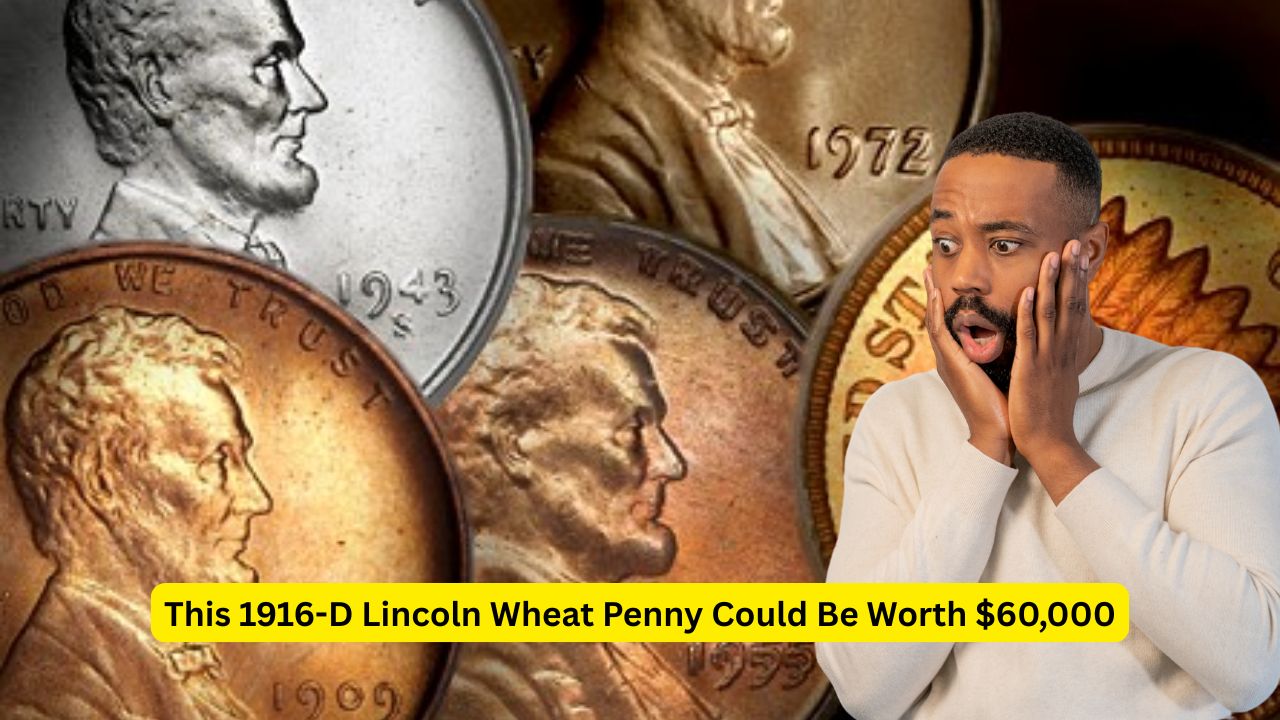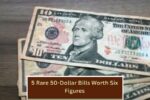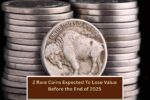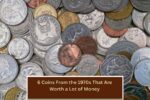The 1916-D Lincoln Wheat Cent is one of the standout pieces in early 20th-century American coinage. Minted in Denver, this penny is not just a piece of currency but a slice of history—and one that has captured the attention of collectors for decades. When found in uncirculated condition with appealing natural toning, it becomes even more desirable.
The Story Behind the Coin
The Lincoln Wheat Cent was introduced in 1909 to commemorate the 100th anniversary of Abraham Lincoln’s birth. Designed by Victor David Brenner, it was the first regular-issue U.S. coin to feature a real person’s likeness. The “Wheat Ears” reverse design remained until 1958, making the series a long-running favorite among numismatists.
The 1916-D version of this cent was minted in Denver, as denoted by the “D” mint mark below the date. With a mintage of 35,956,000, the coin was relatively common in circulation. However, specimens in uncirculated, mint-state condition—especially those with vibrant red coloring and beautiful toning—are rare and command significant premiums.
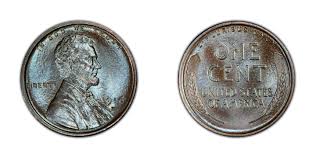
Technical Specifications
- Mint: Denver (D)
- Mintage: 35,956,000
- Designer: Victor David Brenner
- Composition: 95% copper, 5% tin and zinc
- Weight: 3.11 grams
- Diameter: 19.05 mm
- Edge: Plain
The Lincoln cent’s high copper content gives it a rich tone that changes with age and exposure, leading to unique color variations that appeal to collectors.
Value by Grade and Color
Coin grading is a critical factor in determining a coin’s value. The Sheldon Scale, ranging from 1 to 70, is used by professional grading services such as PCGS (Professional Coin Grading Service) and NGC (Numismatic Guaranty Company). For the 1916-D Lincoln Wheat Cent, values can range from a few dollars for worn pieces to tens of thousands for pristine, red-luster coins.
Here’s a breakdown of approximate values:
- MS-63 Brown (BN): ~$240
- MS-63 Red-Brown (RB): ~$275
- MS-63 Red (RD): ~$528
- MS-64 RD: ~$1,330
- MS-66 RD: ~$6,638
- MS-67 RD: Can exceed $60,000
Red (RD) coins are the most valuable, as they retain at least 95% of their original mint luster. Brown (BN) coins have oxidized, and Red-Brown (RB) coins are transitional.
The Allure of Toning
Toning refers to the natural oxidation that occurs over time, giving a coin its unique patina. While toning doesn’t necessarily add to a coin’s numerical grade, it can increase aesthetic appeal and collector interest. Coins with smooth, rainbow-like toning often bring premiums at auctions due to their visual uniqueness.
Collectibility and Investment Value
While the 1916-D Wheat Cent may not be the rarest Lincoln penny, it remains a strong candidate for collectors due to its age, condition rarity, and beautiful design. Coins in high mint-state grades are increasingly scarce as most were spent or worn down in circulation over the decades.
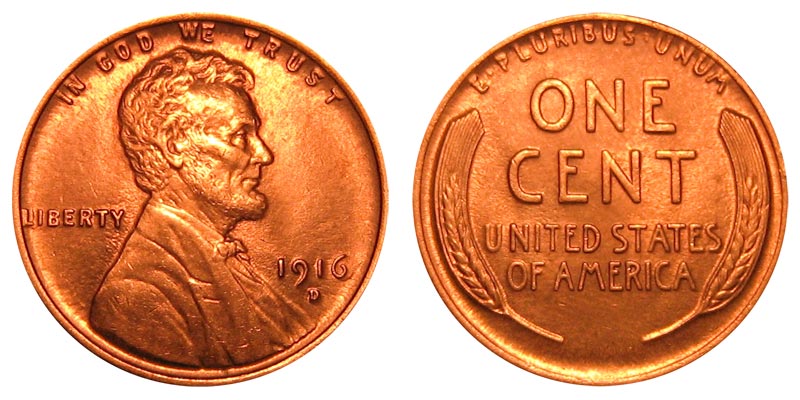
Collectors looking to invest in one should ensure authentication through reputable services like:
Additionally, resources like Apmex’s Coin Value Guide and the United States Mint provide valuable insights on coin history and pricing trends.
Final Thoughts
The 1916-D Lincoln Wheat Cent is a beloved piece of U.S. numismatic history. While millions were produced, truly uncirculated examples with striking toning and full red coloration remain elusive. For those lucky enough to find or acquire one, the coin represents both a historical artifact and a valuable investment opportunity.
This article has been carefully fact-checked by our editorial team to ensure accuracy and eliminate any misleading information. We are committed to maintaining the highest standards of integrity in our content.

Outside of work, he enjoys playing chess, following cricket, and writing short stories. His commitment to integrity and in-depth analysis strengthens OTE News’ mission of providing trustworthy journalism.

